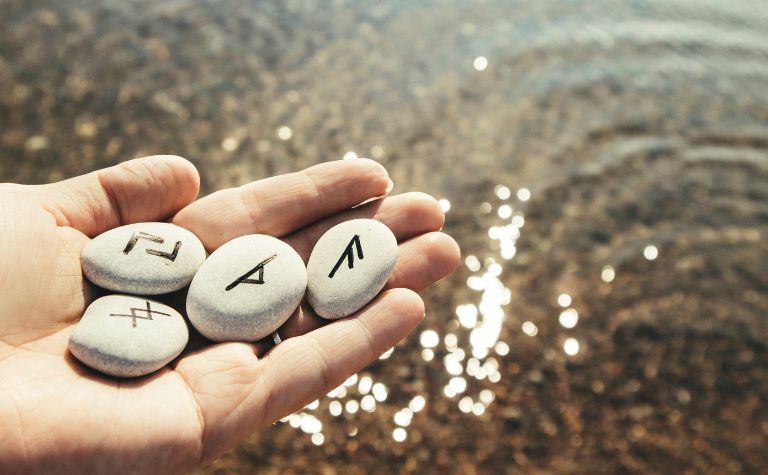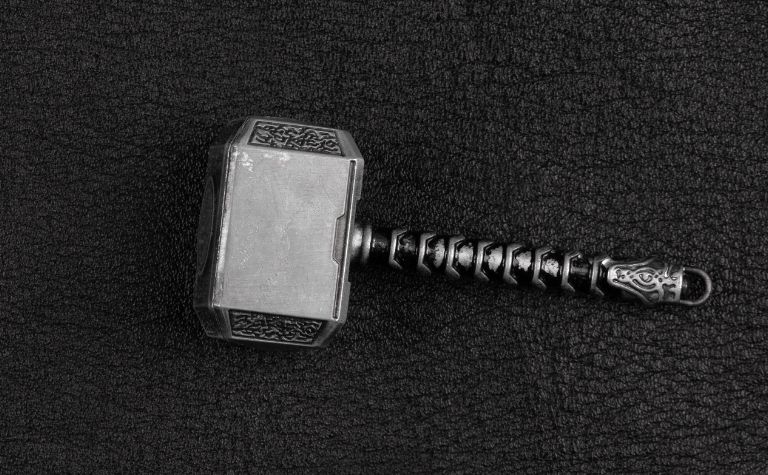Explore the complex role of the Norns in Norse mythology. Examining how they impact destiny and how they are portrayed in different cultural works helps to show their importance in ancient and modern times.
The Norns in Norse mythology are defined by their control over destiny, impacting individual lives and the cosmos.
Their influence is neutral and inescapable, shaping the natural order of time.
Depictions in literature and art vary, reflecting their enduring significance as symbols of fate and existence.
Are the Norns supernatural? How many of them are there? Where do they live? What do they do? How do the Norns influence people’s lives?
Also, see What Is Valhalla? to learn more.

The Identity and Function of the Norns
In Norse mythology, the Norns are three supernatural beings known for their power over destiny.
Often identified by the names Urd (representing the past), Verdandi (representing the present), and Skuld (representing the future), each Norn has a specific function within the cosmos.
Where do the Norns live?
The Norns preside over the Well of Urd, a sacred pool located at the base of Yggdrasil, the World Tree.
This well contains the source of all life and knowledge, and the Norns draw water from it to nourish the tree, thus ensuring the continuity of existence.
Each of the Norns plays a role in shaping fate. Urd’s domain is the past, and she shapes what has already come to pass.
Verdandi governs the present, determining what is currently happening. Skuld’s realm is the future, and she has the power to influence what will come to be.
What are the Norns like?
The Norns are neither benevolent nor malevolent in their actions. Instead, they act as neutral forces that execute their functions without interference in mortal affairs.
They weave the threads of fate for gods and men alike, determining the course of events in a manner that is beyond human control or understanding.
Their function within Norse cosmology is profound, embodying the concepts of time, destiny, and the natural order of the universe.
Unlike some mythological figures, they do not participate in the daily affairs of gods and mortals but rather maintain the fundamental structure of existence.
In summary, the identity and function of the Norns in Norse mythology are integral to the understanding of fate and the natural order within the Norse worldview.
Their rule over the past, present, and future offers a complex and nuanced perspective on existence, emphasizing the inexorable flow of time and the intricacies of destiny.
Also, see Who is Hel in Norse Mythology? to learn more.

The Norn’s Influence on Individual and Cosmic Fate
The influence of the Norns in Norse mythology extends both to individual lives and to the cosmos as a whole. Their role in shaping fate is neutral, profound, and far-reaching.
Influence on Individual Fate
The Norns weave the threads of life for every individual, determining their fate from birth to death.
Each person’s destiny is interwoven into a grand tapestry, and the Norns’ influence is inescapable.
While humans have free will to make choices, the overarching destiny shaped by the Norns remains a guiding force.
Their influence is neither punitive nor rewarding; it simply exists as a part of the natural order.
Influence on Cosmic Fate
Beyond individual lives, the Norns also have a role in shaping the destiny of the cosmos.
Their influence extends to the gods themselves, and they play a part in both creation and destruction within the Norse universe.
Their governance over the Well of Urd and the nourishment of Yggdrasil reflects their vital role in maintaining the balance and continuity of existence.
Neutrality in Their Role
It’s essential to understand that the Norns’ influence is neither benevolent nor malevolent. They are not swayed by prayer or sacrifice, nor do they take sides in the conflicts of gods or men.
Their role is to maintain the natural order and the flow of time, acting as impartial weavers of fate.
The Norns’ influence on individual and cosmic fate is a central concept in Norse mythology.
Their neutral and inescapable control over destiny reflects a worldview that emphasizes the interconnectedness of all things and the unalterable nature of existence.
Their influence resonates with profound philosophical ideas about fate, free will, and the structure of the universe.

Depictions and Interpretations in Literature and Art
The Norns’ impact on Norse culture extends beyond mythology into various forms of literature and art. Their depictions have evolved over time, reflecting different interpretations and cultural influences.
Historical Texts
In ancient Norse literature, the Norns are described in works such as the Poetic Edda and Prose Edda.
These texts offer a view of the Norns as controllers of fate and destiny, often emphasizing their impartiality and the inexorable nature of their influence.
Artistic Representations
In historical art, the Norns are sometimes depicted near the Well of Urd, often weaving or spinning the threads of fate. These images capture their roles as shapers of destiny and the natural order.
Literary Interpretations
Various authors and poets have explored the concept of the Norns, adapting their characters to fit different narratives and themes.
Whether in poetry or prose, these interpretations have expanded upon the traditional understanding of the Norns, providing new insights and contexts.
Modern Depictions
In contemporary media, the Norns have found a place in novels, films, and even video games.
These portrayals often take creative liberties, reimagining the Norns’ characteristics and functions to fit modern storytelling needs.
Despite these adaptations, the core elements of their identity and influence often remain intact.
Cultural Impact
The Norns’ presence in literature and art reflects their enduring significance within Norse culture and beyond.
They have become symbols of fate, time, and the interconnectedness of life, resonating with universal themes that continue to inspire artists and thinkers.
The depictions and interpretations of the Norns in literature and art are as varied as they are insightful.
From historical texts to modern reinterpretations, the character of the Norns continues to captivate and provoke thought.
Their portrayals reveal not only the complexities of their character but also the evolving ways in which cultures understand and represent concepts of fate, time, and existence.
Conclusion
The Norns in Norse mythology represent a complex and multifaceted aspect of ancient beliefs and values.
Through their identities as shapers of destiny and their function in maintaining the natural order of time, they offer a profound understanding of how the Norse perceived the world around them.
Their influence on individual and cosmic fate illustrates a worldview that emphasizes both the interconnectedness of existence and the impartiality of destiny.
The Norns’ depiction as neither benevolent nor malevolent entities reflects a nuanced philosophical stance that transcends simplistic categorizations.
The various depictions and interpretations in literature and art further demonstrate the Norns’ enduring impact and versatility as symbols.
From ancient texts to contemporary media, their presence continues to inspire, revealing the timeless nature of their themes.
In conclusion, the Norns stand as a compelling testament to the rich tapestry of Norse mythology.
Their role and significance offer a window into a culture’s thoughts on existence, fate, and the human condition.
Their story, far from being merely a historical curiosity, continues to resonate with modern audiences, reflecting universal questions and insights that remain relevant to this day.
